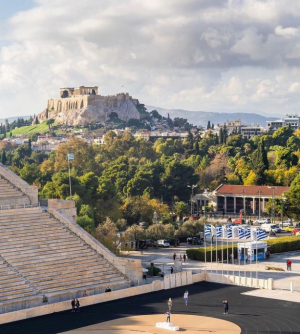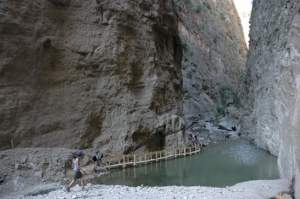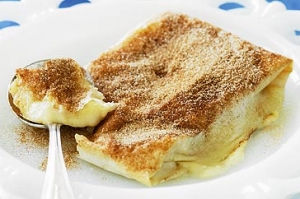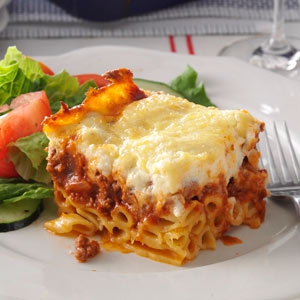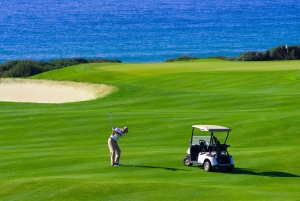XpatAthens
A New Year, Full Of New Beginnings
Discovering The Natural Wealth Of The Gorge Of Samaria
As they walk through the gorge, visitors are often stunned by the dense vegetation around them: towering pine trees and ancient cypress trees with massive horizontal branches stand proud on the slopes. At higher altitudes there are forests of maple, and where moisture is more plentiful, there are sycamore, oleander and willow trees.
In the National Park area there are more than 450 species of plant, 70 of which are species and sub-species native to Crete, such as Cretan dittany (Amaracus dictamnus – a type of mint), Ebenus cretica - a species of perennial flowering plant of the Fabaceae family, zelkova (Zelkova abelicea) and the Cretan Pine (Pinus brutia cretica).
Some of the plants, such as Bupleurum kakiskalae, a species of flowering plant of the Apiaceae family, Myosotis refracta refracta (a type of forget-me-not) and the orchid Cephalanthera cucculata are found only in the gorge. An idea of the natural wealth of the gorge is given by the fact that no one is yet sure precisely how many species actually exist within it.
There is also, of course, an impressive array of fauna in the gorge, which is home to a host of species and sub-species which are exclusive or almost exclusive to Crete (32 species of mammal, 3 species of amphibian, 11 species of reptile and around 200 species of bird).
To read more, please see visitgreece.gr
Mmmmm….. Bougatsa
Here is the recipe for you to try.
• Serves: 10 slices
• Prep Time: 15 minutes
• Total Time: 50 minutes
Ingredients
• 6 cups milk
• grated rind of 1 lemon (optional)
• 1 1/2 cups sugar
• 1/2 cup melted butter
• 3/4 cups fine semolina
• Confectioner’s sugar
• 3 eggs
• cinnamon
• 1 tsp vanilla
• pastry sheets
Instructions
Beat the eggs in a bowl with the sugar until creamy. Mix in the semolina. Slowly add the milk while beating continuously. Pour the mixture into a medium sized pot and add the lemon rind (if you are using it) and the vanilla. Over medium heat, bring the mixture to a boil, stirring constantly with a wooden spoon. Be careful that the mixture doesn't stick to the bottom of the pot and burn. When it has thickened, remove the pot from the heat, set aside and cover with a lid so 'skin' doesn't form over it.
Take 4 pastry sheets and lay them out on a counter on top of each other. Cut the pastry into 4 quarters - cross wise so you have 16 equal rectangles (1). Brush each fillo rectangle with butter and put to one side.
Take one whole pastry sheet and lay it out. Brush it over with butter. Place 2 of the cut rectangles in the center of the bottom half of the sheet to form a base.(2) Spoon 2 or 3 tablespoons of the cream filling into the center of the base. Fold the pastry on the long sides of the base and the shorter end into the center, enclosing the cream filling, then carefully fold the rest of the pastry over and over into a neat package shape.(3, 4 & 5) Use butter, brushed on the pastry sides and ends as a' glue' to hold the fillo down. You can fold them as small or large as you like. Repeat this procedure to make more Bougatses until the cream and fillo are used up.
Arrange the finished Bougatses on a buttered cookie sheet, and brush them with more butter. Bake at 350°F for about 35 minutes or until the pastry is flaky and golden. When done, remove them from the oven and sprinkle them with powdered sugar and cinnamon.
The Six Reforms To Be Submitted At Monday’s Eurogroup
The Minister of Finances Yanis Varoufakis announced that he will submit six reform proposals at the Eurogroup on Monday, which will address the humanitarian crisis, taxation and public administration, among others.
According to high-ranking government sources, the six reforms which Mr. Varoufakis intends to submit in Brussels are:
1-2 Humanitarian crisis – Administrative Reform: The government sources claim that this will be an effort to combat the “poverty triptych” of food, housing and energy sufficiency, which will be combined with the necessary administrative reform.
3. Addressing outstanding debts towards the state and insurance funds: The goal is to get millions of debtors to begin paying taxes and to create a “tax awareness”. The debts will not be slashed and the bill will aim to reward consistent taxpayers.
To read more, please visit tovima.gr/en
Traditional Greek Pasta - Pastitsio
Source: Ultimate-Guide-To-Greek-Food
No More Plastic Bags: Alonnisos Gets Pioneering
Ancient Greeks And Their Weather Knowledge
Astir Palace In Vouliagmeni Redevelopment Plans For 2018
Greek Architecture Firm Designs World’s First U-Shaped Skyscraper For NYC
Messinia Pro-Am Returns To Costa Navarino
The event follows the inaugural ProAm in February 2017, which saw participants from 14 countries.
Those registered by 30 September will receive a 10% ‘early bird’ discount.


